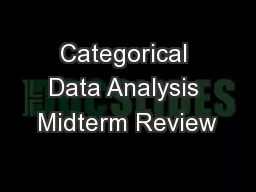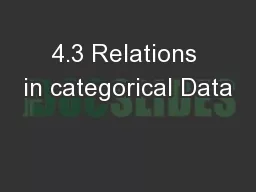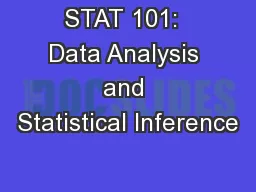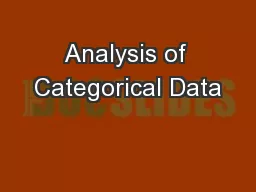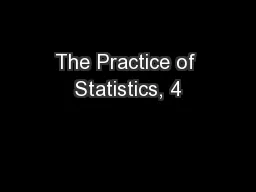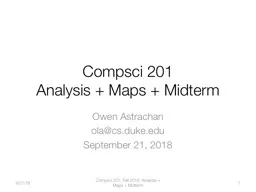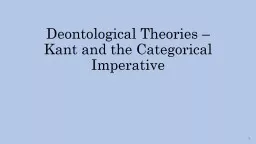PPT-Categorical Data Analysis Midterm Review
Author : trish-goza | Published Date : 2018-10-30
Val amp Aly April 201 4 Overview Regression Analysis Mediation Moderation Nonparametric tests When Why How Example 1 Bumble wants to know whether the relationship
Presentation Embed Code
Download Presentation
Download Presentation The PPT/PDF document "Categorical Data Analysis Midterm Review" is the property of its rightful owner. Permission is granted to download and print the materials on this website for personal, non-commercial use only, and to display it on your personal computer provided you do not modify the materials and that you retain all copyright notices contained in the materials. By downloading content from our website, you accept the terms of this agreement.
Categorical Data Analysis Midterm Review: Transcript
Download Rules Of Document
"Categorical Data Analysis Midterm Review"The content belongs to its owner. You may download and print it for personal use, without modification, and keep all copyright notices. By downloading, you agree to these terms.
Related Documents

